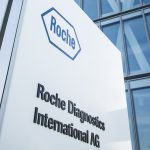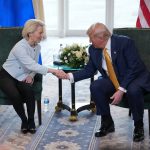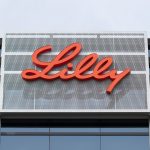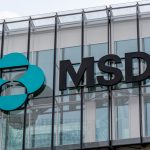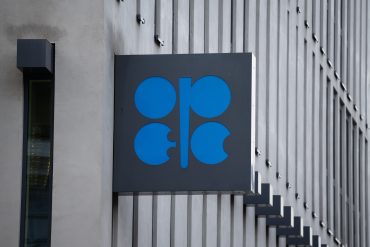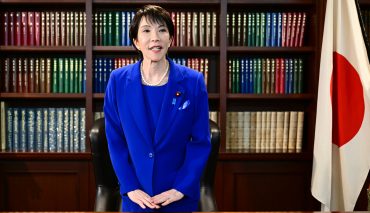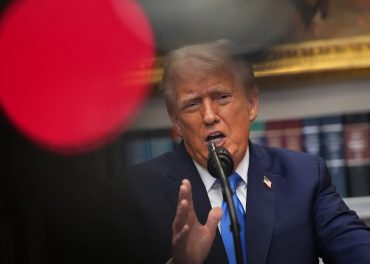
- Pharma & Biotech
- Tariffs
- Trade Policy
Trump’s 100% Drug Tariffs Slam European Pharma Stocks
6 minute read

Pharmaceutical stocks tumble as Trump’s 100% import tariffs threaten drug supplies and force manufacturing shifts to America
Key Takeaways
- European pharma stocks plummet 1.2% to 2.4% as Trump announces 100% tariffs on branded pharmaceuticals, hitting Novo Nordisk, Roche, Novartis, and AstraZeneca shares immediately on trading platforms.
- $233 billion pharmaceutical import market disrupted by new tariff package targeting branded and patented drugs, with exemptions only for companies actively building U.S. manufacturing facilities.
- Drug shortage warnings emerge as industry experts predict supply chain disruptions and potential pharmacy stockouts due to doubled import costs and regulatory implementation challenges.
Introduction
European pharmaceutical giants face their steepest single-day losses in months as President Trump’s announcement of 100% tariffs on branded drugs sends shockwaves through global markets. The sweeping trade measure targets the $233 billion pharmaceutical import market, forcing international drugmakers to choose between doubled costs or rapid U.S. manufacturing expansion.
Shares of major European pharmaceutical companies dropped sharply following Trump’s announcement. The policy represents the most aggressive trade intervention targeting the healthcare sector, with immediate implications for drug pricing and supply chains across the industry.
Key Developments
Trump introduced the comprehensive tariff package through social media posts, targeting multiple sectors with varying duty rates. The pharmaceutical tariffs carry the highest penalty at 100%, while heavy-duty trucks face 25% levies and furniture products encounter 30-50% duties starting October 1.
The pharmaceutical tariffs apply to all imported branded and patented drugs unless companies demonstrate active construction of U.S. manufacturing facilities. This exemption criterion creates immediate pressure for international drugmakers to announce American production investments, regardless of their strategic timelines or operational readiness.
Implementation faces significant regulatory hurdles as the U.S. Customs Harmonized Tariff Schedule lacks distinctions between branded and generic drugs. Officials must develop new classification systems and enforcement procedures, potentially creating bureaucratic delays and inconsistent application across different pharmaceutical categories.

Market Impact
Asian pharmaceutical markets mirror European losses, with Australia’s CSL reaching six-year lows and Japan’s Sumitomo Pharma declining 3.4%. Hong Kong and India pharmaceutical indices register broad-based declines as investors reassess global drugmaker valuations under the new trade regime.
The consumer price index already reflects inflationary pressures from previous tariff rounds, rising 2.9% annually compared to 2.3% before earlier trade measures took effect. Healthcare costs represent a significant component of consumer spending, suggesting the pharmaceutical tariffs could accelerate inflation trends.
Currency markets show volatility as traders evaluate the policy’s impact on international pharmaceutical trade flows. The dollar strengthens against European currencies as investors anticipate reduced pharmaceutical imports and potential supply chain relocations favoring domestic production.
Strategic Insights
The tariff structure creates powerful incentives for pharmaceutical companies to accelerate U.S. manufacturing investments, even if such facilities operate below optimal capacity initially. Companies face a binary choice between accepting doubled import costs or committing to American production expansion, fundamentally altering global pharmaceutical supply chain strategies.
Generic drug manufacturers may benefit disproportionately as the tariffs specifically target branded pharmaceuticals. This policy distinction could shift competitive dynamics within the pharmaceutical sector, favoring domestic generic producers over international branded drug companies.
Healthcare providers and insurance companies prepare for significant cost increases as pharmaceutical expenses represent major budget categories, according to The Financial Times. Hospitals and clinics may need to restructure formularies and seek alternative suppliers, potentially affecting patient care protocols and treatment availability.
Expert Opinions and Data
Industry analysts describe the policy as creating “shock and awe” effects across pharmaceutical markets, with immediate concerns about supply disruptions and pricing impacts. The U.S. pharmaceutical trade deficit, importing $175 billion while exporting $87.5 billion annually, makes the sector particularly vulnerable to tariff interventions.
Trade experts caution that enforcement complexity could lead to inconsistent implementation and legal challenges, according to The New York Times report. The lack of clear customs procedures for distinguishing branded from generic drugs creates operational uncertainty for importers and regulatory officials alike.
Healthcare economists warn that consumers, particularly elderly and low-income populations dependent on prescription medications, will bear the primary cost burden through higher drug prices and insurance premiums. The policy’s regressive nature could limit medication access for vulnerable populations.
Conclusion
The pharmaceutical tariffs represent the most significant trade intervention targeting healthcare markets in decades, forcing immediate strategic recalculations across the global pharmaceutical industry. Companies now face unprecedented pressure to restructure supply chains while managing doubled import costs and regulatory uncertainty.
The policy’s success in achieving domestic manufacturing growth remains uncertain, while its immediate effects on drug pricing and market access create pressing challenges for healthcare systems and patients. The pharmaceutical sector enters a period of fundamental restructuring as companies adapt to the new trade environment.
